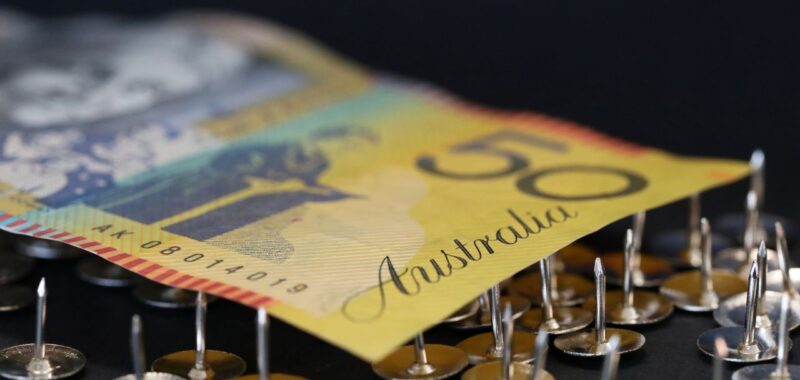Rental distress has eased some areas but increased in others, but the impact of high rents remains a vital issue, affecting tenants nationwide.
According to the latest Rental Pain Index from SuburbTrends, NSW recorded a slight drop in the proportion of suburbs in extreme rental pain, falling from 72.54 per cent in June to 71.69 per cent in July.
An area is considered to be in extreme rental pain when a tenant pays more than 30 per cent of their income on rental payments.
In contrast to NSW, rental pain increased in Queensland from June to July, with the RPI rising from 80.98 per cent to 81.22 per cent.
Queensland tenants pay 32.18 per cent of their income on rent, according to the index.
“While we are seeing early signs of easing rental pressures in some areas, the broader picture remains challenging,” SuburbTrends Founder Kent Lardner said.
“States like Queensland are facing significant affordability issues, with more than 80 per cent of SA2s in extreme rental pain.”
Nationally, the proportion of SA2s experiencing extreme rental pain increased slightly from
72.25 per cent in June to 72.90 per cent in July.
Victoria had a modest reduction, dropping from 75.37 per cent to 74.58 per cent, while Tasmania recorded significant improvement, reducing extreme rental pain from 29.87 per cent to 27.27 per cent.
Despite the drop, Tasmanian renters are still coughing up 31.45 per cent of the income to pay rent.
“The slight improvements in states like Tasmania are promising, but we cannot overlook the fact that high rents are still a burden for many households,” Mr Lardner said.
“Stabilising rents is not enough; we need to see rents falling below 30 per cent of household income to ensure long-term affordability.”
The states where tenants hand over the lowest proportion of their income for rent is the ACT at 24.05 per cent, followed by the Northern Territory at 24.86 per cent.
Renters in NSW spend the highest proportion of their income on rent at 32.88 per cent.
But Mr Lardner said there were some encouraging signs of rental pressure easing in some regions, such as the Hawkesbury in Greater Sydney and Jimboomba in Greater Brisbane.
The current vacancy rate in the Hawkesbury is 2.6 per cent, which is up 1.7 per cent on the previous month, while in Jimboomba the vacancy rate rose 1.6 per cent to 3.5 per cent.
But Mr Larder said the pressures of the tight rental market were far from over.
“The impact of high rents on household budgets is profound,” Mr Lardner said.
“Many families are forced to allocate a substantial portion of their income to housing, leaving little room for other essential expenses.
“It is crucial for policymakers to focus on reducing rental costs to sustainable levels.”

